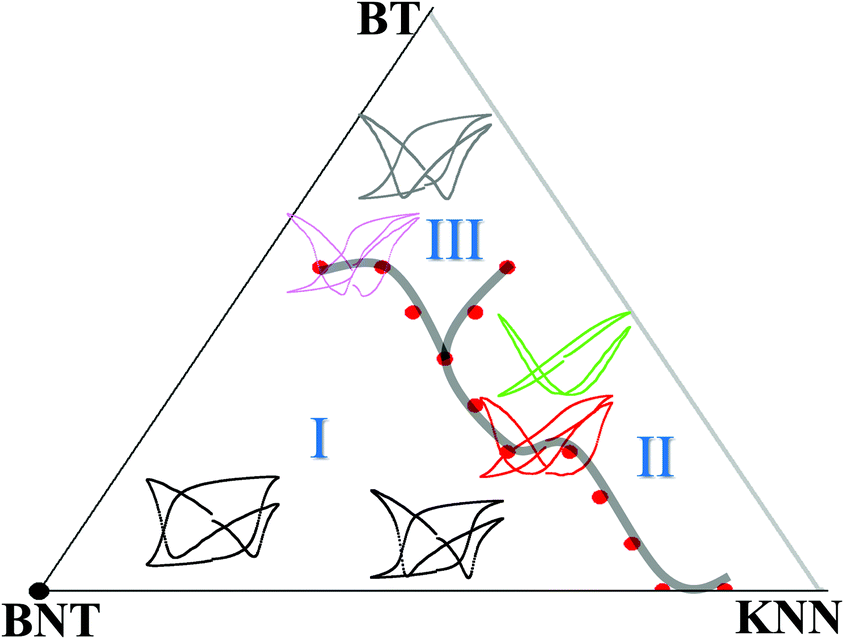
The RoHS concept (Restriction of the use of certain Hazardous Substances) since 2006, requires that many electrical and electronic equipment must no longer contain a concentration by atomic weight of more than 0.1% of Pb, Me, Cr (hexavalent) etc., because of their danger to the environment.
Codex International, in partnership with the UPHF in Valenciennes, is developing a range of lead-free piezoelectric targets: BNT-BT, KNN, NBT, etc., with performances comparable or even superior to PZT targets.
The objective is to develop reliable process for manufacturing marketable ceramic targets of NBT, NBT-BT and KNN, with a relative density > 90%, with controlled stoichiometry and while avoiding the volatility of alkalis.
Découvrir
[Nano-Medecine] – Wearable medical sensors to get major sensitivity boost
22 février 2020
Lire la suite
[Nano-technology] – Revolutionary microscope reveals quantum dance of atoms in twisted graphene.
9 mai 2025
Lire la suite
